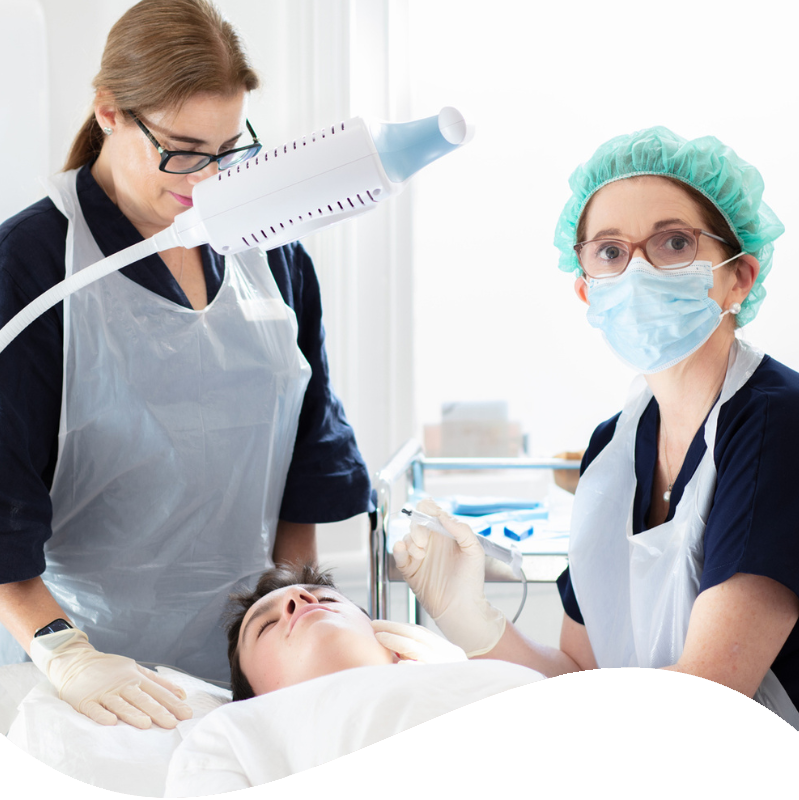Vascular Malformations
![]()
What is it?
A vascular malformation occurs when there is abnormal development of at least one type of a normal skin vessel. Skin vessels include capillaries, veins, arteries and lymphatics, and a malformation may occur from any of these. They are present at birth, but a person may not notice them until many years later when they cause problems.
What causes it?
We don’t know exactly what causes malformations. However, in recent years it has been discovered that some may be because of changes in the genes in the vessels of that part of the skin. Sometimes, a vascular malformation can be part of a rare syndrome and other problems may also be seen.

What are the symptoms?
- Capillary Malformations are present at birth as a pale pink or red patch on the skin. They do not cause any symptoms.
- Venous Malformations are formed from abnormal veins that are not part of the usual circulation. They may be present at birth or be noticed at any age of life. They are soft blue lumps that are usually painless but may occasionally ache or hurt if knocked hard.
- Lymphatic Malformations form as an abnormal group of lymphatic channels. They collect lymphatic fluid inside them and form soft lumps. They may be diagnosed at an antenatal ultrasound, at birth or later in life. They are usually painless, but sudden pain and an increase in size may mean an infection or bleeding into the malformation.
- Arteriovenous Malformations are a group of arteries connected straight to veins, without the usual capillary network between them. They may be noticed as a small red patch, yet they grow and can be tender, warm and may have other symptoms.
- Mixed Vascular Malformations can be a mix of different types of vessels, such as veins and lymphatics.
What are the treatment options?
Some vascular malformations will need further tests such as an ultrasound scan or an MRI to see the malformation in more detail. This can help to decide the type of vessel and the extent of the problem. This information is used to guide your child’s treatment.
Many vascular malformations do not need treatment and may be monitored over time. Others can be helped with a variety of treatments including laser, injections into the malformation with a radiologist, surgery or specific medicines. If the malformation is complex, you may be referred to the multidisciplinary Vascular Anomalies Meeting at PCH for additional information about treatment choices.
Book Now
Due to current demand, we have a waiting time of 4 to 7 months for new patients with Dr Stephanie Weston.
